All products featured are independently chosen by us. However, SoundGuys may receive a commission on orders placed through its retail links. See our ethics statement.
Beyerdynamic DT 800 PRO X wishlist: All the features I want to see
May 31, 2025
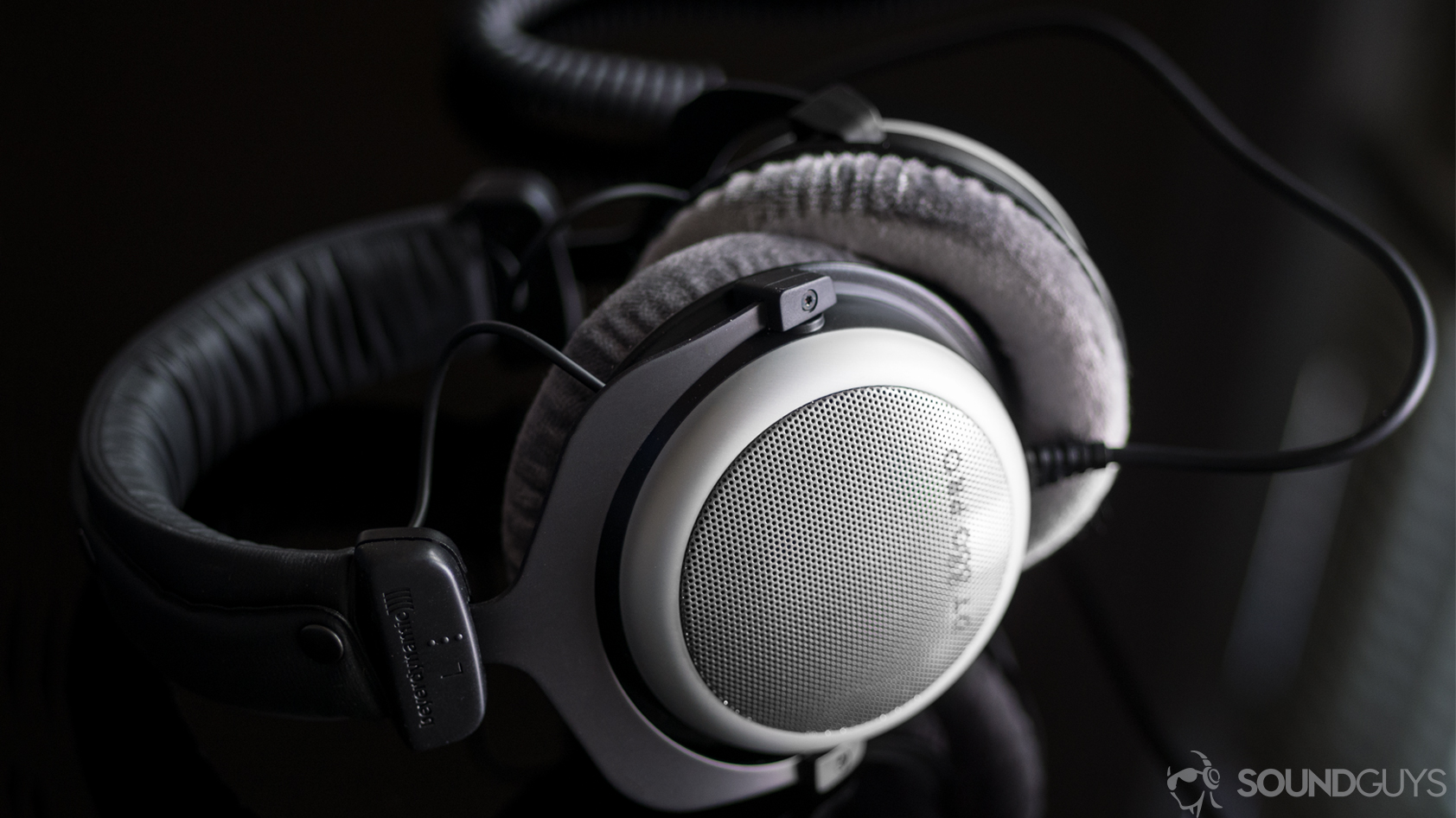
German headphone manufacturer Beyerdynamic is infamous for producing comfortable, studio-worthy cans. The Beyerdynamic DT 900 PRO X and DT 700 PRO X stand tallest, offering high-quality sound for open and closed-back headphone fans. Consistently awarded praise and recommendations across the industry, it is little wonder producers and home recordists are eager for the Beyerdynamic DT 800 PRO X. Could they fill a gap in the market and serve as a long-awaited semi-open-back upgrade to the DT 880 PRO? Here are all the features I want to see while we wait for the Beyerdynamic DT 800 PRO X to materialize.
A cheaper price tag

The studio headphone market is competitive — gone are the days when you needed to spend $1000 for industry-leading features. On the contrary, headphones like the Audio-Technica ATH-M40x deliver excellent sound quality for sub-$100. While audiophiles will struggle to refer to their frequency response as perfectly “flat”, the cans reproduce a variety of genres well. They are also durable for long studio sessions, come with two three-meter-long 3.5mm audio cables, and feature a proprietary cable locking mechanism to prevent accidental rip-outs.
This isn’t to say the Beyerdynamic DT 900 PRO X and DT 700 PRO X are overpriced. Both headphones feature pleasing sound quality, plush padding, and replaceable parts. However, cheaper rivals like the Audio-Technica ATH-M40x and Sony MDR-7506 are scooping up the lion’s share among home studio recordists. The latter have remained popular since the early 90s thanks to their decent sound quality, sturdy cabling, and foldable design. Notably, though, they cost significantly less than the competition. While their predecessors represent good quality-to-price value, the Beyerdynamic DT 800 PRO X could capitalize by coming to market with a cheaper price tag.
A lighter design
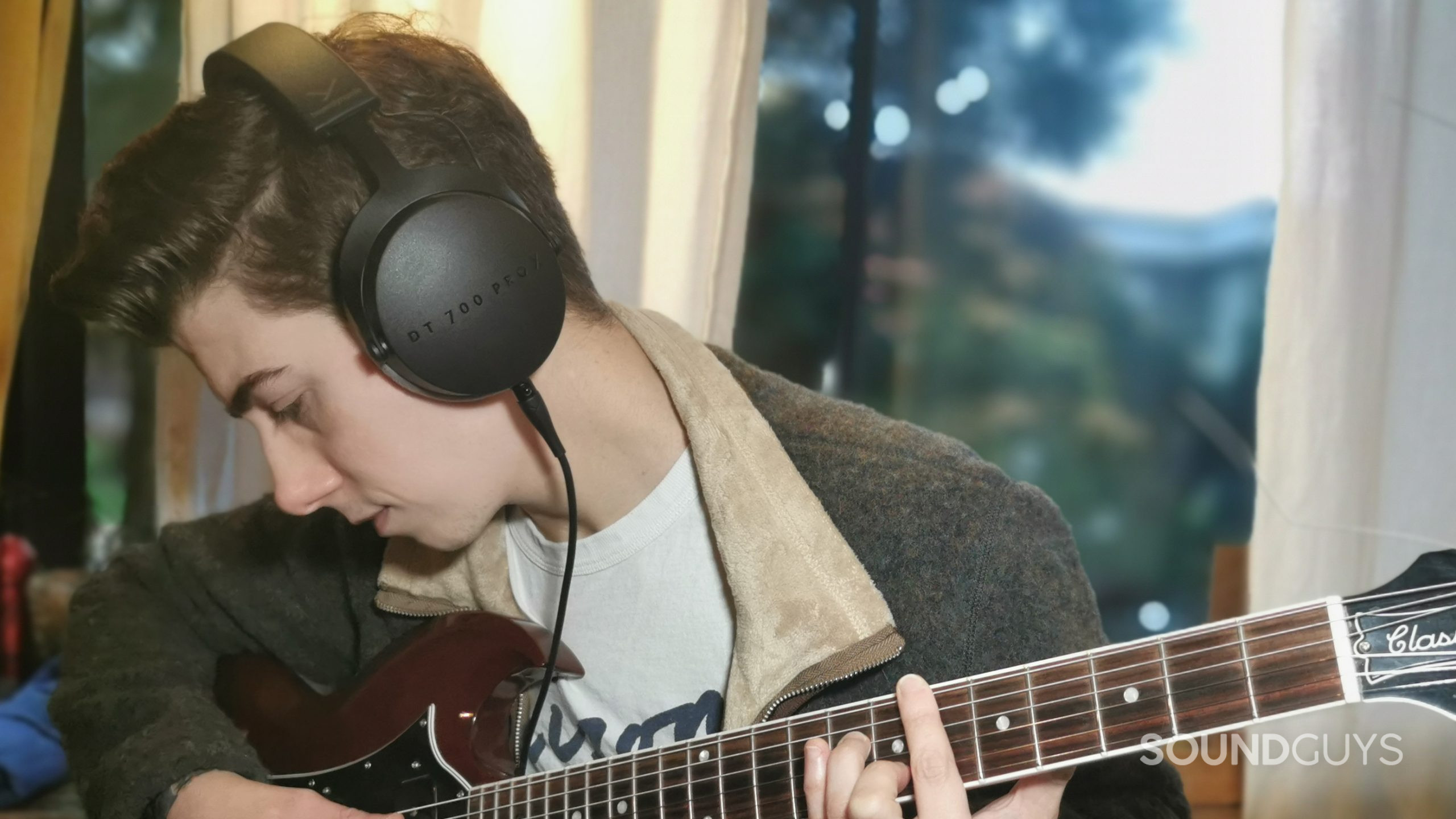
While we all have different ear and head anatomies, lighter headphones are generally more comfortable than heavier ones. For example, the AKG K371 weigh 255g and feature soft memory foam ear pads that fully encompass the ear. They are also suitable for glasses wearers and place no noticeable strain on the neck or scalp. Similarly, the 28-year-old Sennheiser HD 600 weigh 258g and feature a soft padded headband and cloth ear pads that easily accommodate long listening sessions.
The Beyerdynamic DT 900 PRO X, DT 700 PRO X, and DT 880 PRO are by no means uncomfortable. On the contrary, they adorn supple velour ear pads and a brushed metal headband that looks and feels luxurious. However, this all contributes to their unavoidably hefty frames. While the padded headband successfully supports the weight, they are nearly 100g heavier than capable rivals such as those listed earlier. The Beyerdynamic DT 800 PRO X will be even more comfortable than their predecessors if they use a lighter design.
Improved treble reproduction
Loading chart ...
Studio headphones can sound alien to your average listener at first. Typically, this category has less bass emphasis than most consumer headphones. While your brain will eventually tune itself to this audio profile, many music lovers prefer headphones that accentuate bass and treble.
Don’t get me wrong — the Beyerdynamic DT 880 PRO enjoy excellent sound quality. In particular, the headphones closely follow our target preference curve between 150Hz and 3.5kHz. Unfortunately, the DT 880 PRO overemphasize treble frequencies more than we’d like between 5kHz and 13.5kHz. This makes cymbal crashes more prominent and can quickly become grating for those susceptible to high-end content. Beyerdynamic should remedy this with the DT 800 PRO X.
Rotating and foldable hinges
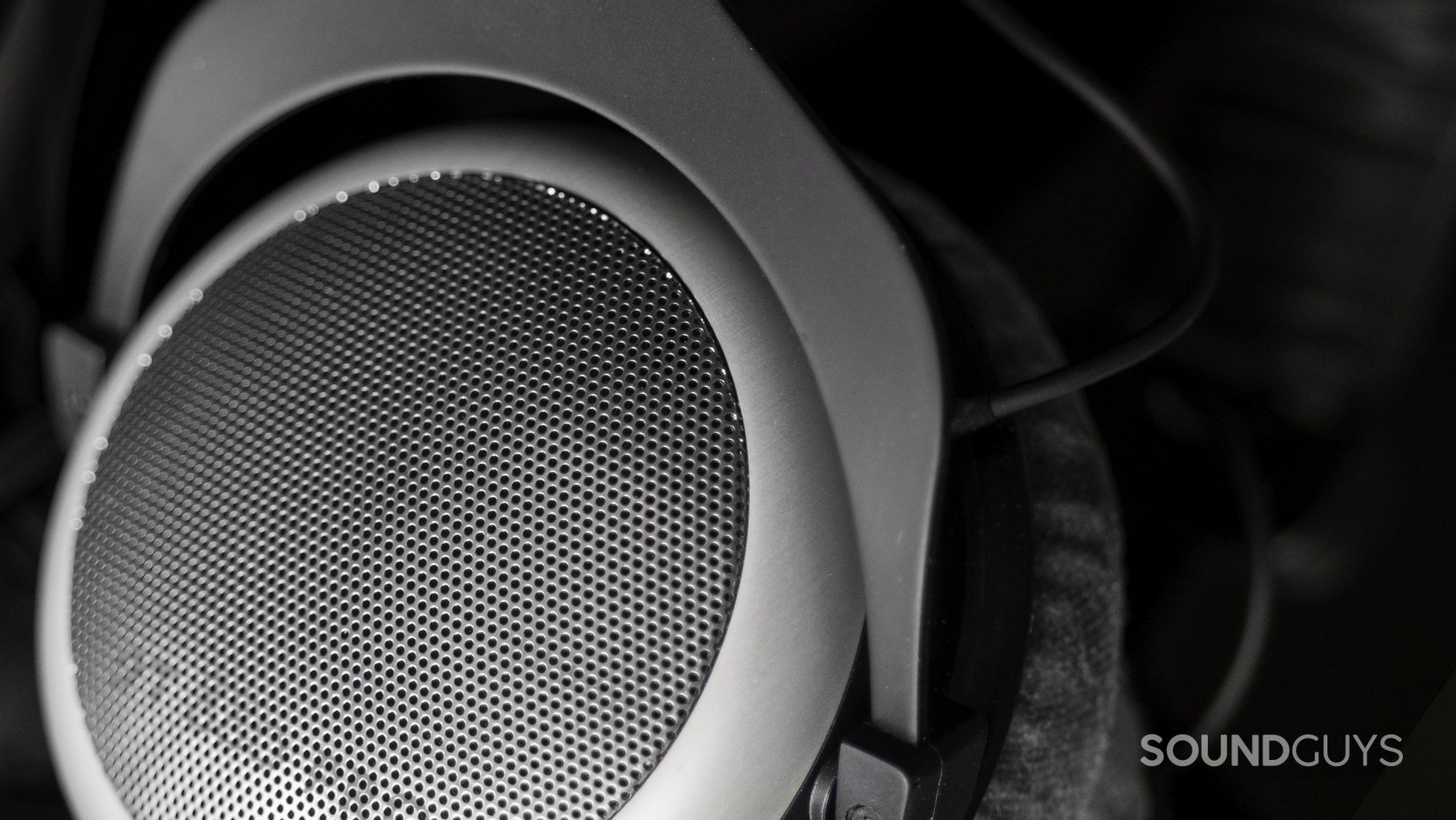
There are many reasons rotating and foldable hinges are a desirable feature in over-ear headphones. For example, they make it easier to attain a comfortable fit and a tight seal regardless of your head shape. This is important, as sound quality changes dramatically depending on the level of achievable isolation. Lying headphones flat when not in use is also handy, and foldable hinges allow more efficient storage. DJs benefit too by being able to remove a single ear cup to listen freely.
Beyerdynamic’s headphones are comfortable and sturdy. However, their robust build quality sacrifices maneuverability. Beyerdynamic’s DT PRO-series headphones feature vertically rotating ear cups that cannot swivel horizontally. They also do not feature a collapsible hinge to condense the headphones for easier storage. If anything, you are better off purchasing a headphone stand, as the ear cups cannot pivot flat either. The Beyerdynamic DT 800 PRO X should feature rotating and foldable hinges when they launch.
A hard carry case
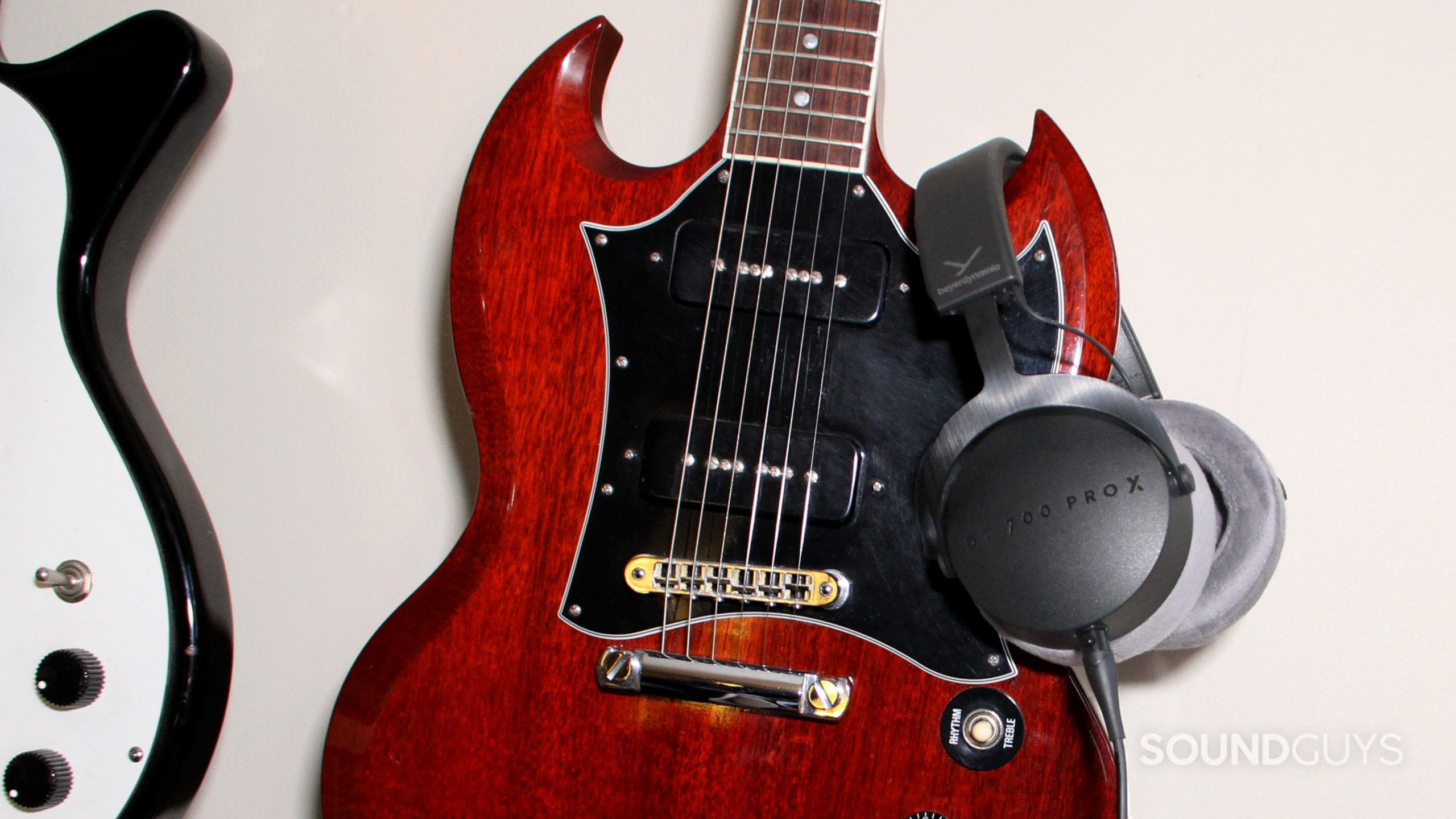
Times are tough, so it’s reasonable to be protective when you spend lots of money nowadays. Thankfully, headphone manufacturers offer accessories to guard our precious purchases from the elements. Whether it’s an official IPX4-rated Apple charging case to protect your AirPods Pro 2 from water or a third-party Ginsco Universal Case, there are options. Unfortunately, not all cases are created equal.
As with guitars, hard cases protect headphones from accidental knocks and drops better than soft ones. A pity, then, that the Beyerdynamic DT 700 PRO X, DT 880 PRO, and DT 900 PRO X ship with a soft carry case. While this is more malleable for fitting into backpacks and small spaces, it realistically only protects against scratches. Personally, spending skyward of $200 warrants a robust case that will shield the product in most instances. Beyerdynamic should provide a hard case with the DT 800 PRO X to put consumers’ minds at ease.
What would you like to see Beyerdynamic bring to the DT 800 PRO X?
Will there be a Beyerdynamic DT 800 PRO X?
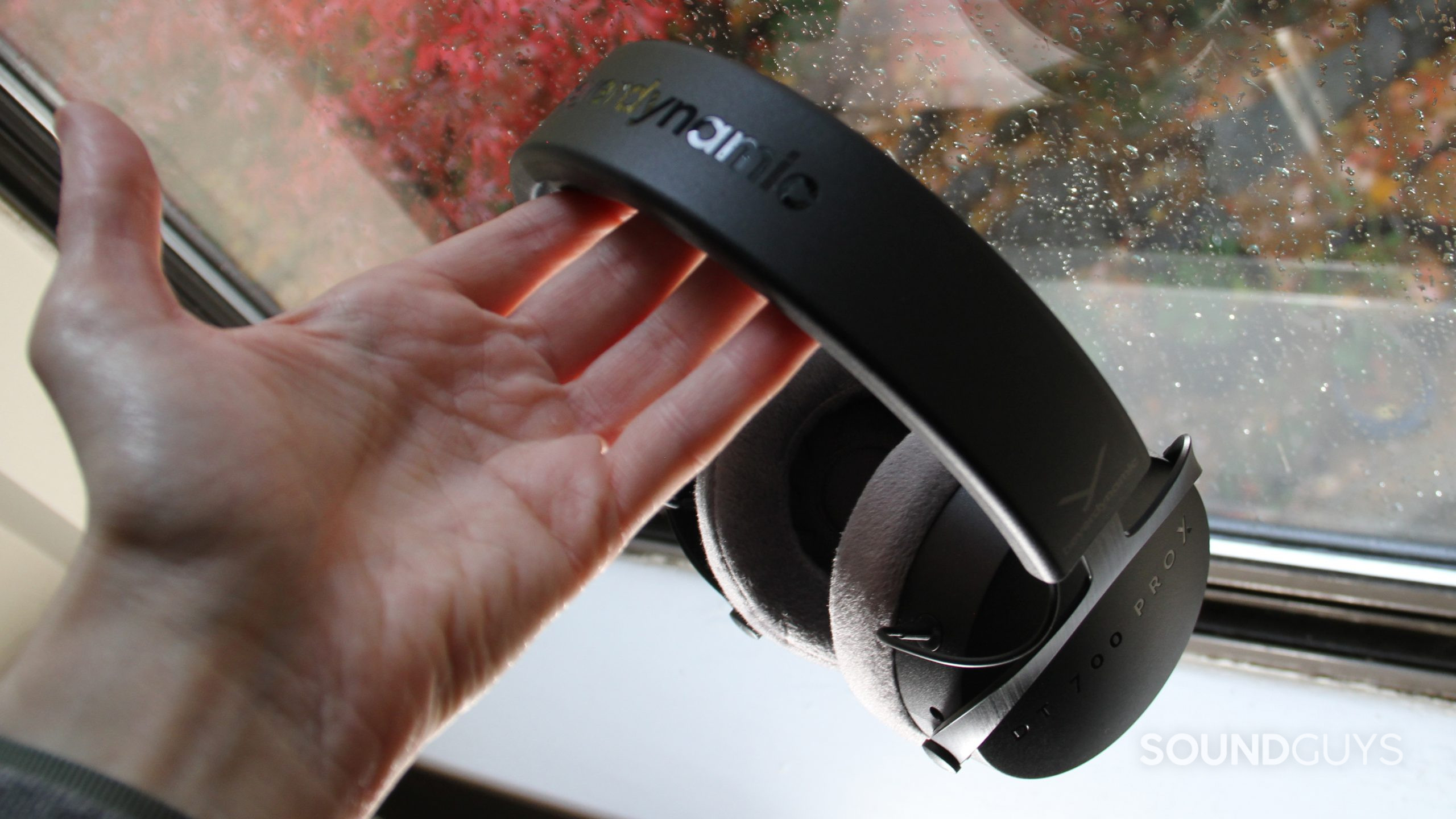
Unlike most consumer headphone brands, Beyerdynamic irregularly updates its studio headphone category. However, when it does, it is always worth paying attention. For example, the Beyerdynamic DT 1770 PRO MKII launched recently, bringing superior comfort, replaceable parts, and excellent passive isolation. These came to shelves alongside the open-back DT 1990 PRO MKII and use the company’s latest Tesla drivers. However, despite their inflated price tag, the DT 1770 PRO MKII has a bass response that is surprisingly overemphasized for monitoring headphones. While the Beyerdynamic DT 1990 PRO MKII have a more studio-friendly profile, they do less well at attenuating environmental noise.
Beyerdynamic has not officially announced the DT 800 PRO X. However, based on the company’s previous release schedule, I fully expect the DT 800 PRO X to materialize soon.
- Beyerdynamic DT 770 PRO — July 16, 2004
- Beyerdynamic DT 990 PRO — July 19, 2004
- Beyerdynamic DT 880 PRO — June 30, 2008
- Beyerdynamic DT 700 PRO X — September 24, 2021
- Beyerdynamic DT 900 PRO X — September 24, 2021
It took Beyerdynamic nearly two decades to update its DT 770 PRO and DT 990 PRO headphones. The former launched on July 16, 2004, and was refreshed by the DT 700 PRO X 17 years later on September 24, 2021. Likewise, the DT 990 PRO launched on July 19, 2004, and was updated by the DT 900 PRO X on September 24, 2021. Given that the DT 880 PRO came to market four years after its DT 770 PRO and DT 990 PRO counterparts, we could see the Beyerdynamic DT 800 PRO X launch in August or September 2025. However, without official confirmation, we must wait for concrete details from Beyerdynamic.
Should you wait for the Beyerdynamic DT 800 PRO X?
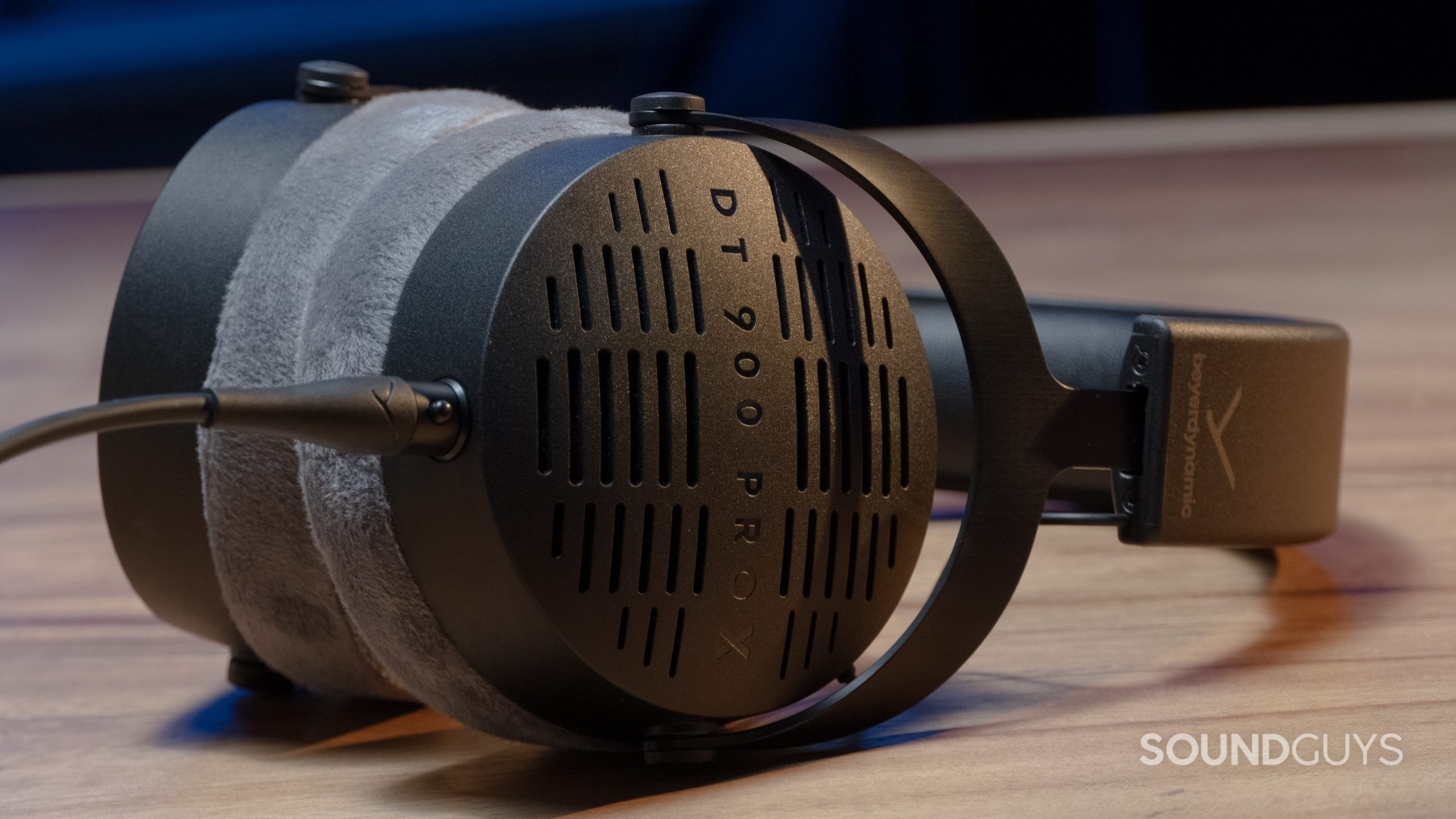
The Beyerdynamic DT 900 PRO X and DT 700 PRO X are excellent headphones for different purposes. Both remain available from major retailers, including Amazon and Best Buy. However, if you want the best of both worlds from a pair of semi-open-back headphones, it may be worth waiting a few more months for the Beyerdynamic DT 800 PRO X to materialize.
Recording musicians needing studio-worthy monitoring should grab the Beyerdynamic DT 700 PRO X ($269 at Amazon). With a comfortable fit and decent passive isolation, the headphones successfully quell cymbal crashes by roughly 30-50dB. The cans are made of a durable glass-fiber-reinforced plastic, and the velour padding disperses heat over long mixing sessions. Sustainability-minded consumers will appreciate the headphone’s replaceable parts, and the 3-pin mini-XLR port should withstand repeated tugs. The headphones ship with one 3m coiled mini-XLR cable and one 1.8m straight mini-XLR cable for different use cases. There’s also a 1/4-inch adapter included to connect the headphones directly to audio interfaces. Sound quality is excellent, although the underemphasized lower-mid and treble frequencies may require some EQing.
Analytical mixing and mastering engineers with a quiet studio space will enjoy the Beyerdynamic DT 900 PRO X ($269 at Amazon). These open-back headphones do an excellent job of sticking to the zero line between 20Hz and 1kHz. While they overemphasize some treble notes in the 4-7kHz range, they benefit from an outstanding sound stage. Their low impedance also means you can use the headphones with all devices without an amplifier. The build quality is almost identical to the DT 700 PRO X and is comfortable for long listening sessions. However, the DT 900 PRO X’s open-back design does a terrible job of isolating your music from ambient noise. The lack of a water-resistant hard carry case also makes the headphones susceptible to the elements in transit.

Price-savvy home recordists should consider the Sennheiser HD 280 Pro ($87 at Amazon). While they have a less premium build than Beyerdynamic headphones, the cans deliver neutral mids for mixing tracks and podcasts. Don’t be fooled by their utilitarian design either — the headphones have ample padding for long studio sessions. The just-right clamping force and closed-back design make achieving a tight seal a breeze. In particular, the headphones block out over 37dB of high-end incidental noise with the right fit. This is handy for tracking live musicians, and the closed-back design prevents accidentally recording audio bleed. Sennheiser includes a 1m coiled 3.5mm TRS cable and 1/4 inch adapter with the HD 280 Pro. However, wearers can opt for the 3m cable for extended length.
The Sennheiser HD 600 ($299 at Amazon) are an excellent choice for those seeking an uncomplicated design, premium sound quality, and easily replaceable parts. The HD 600 is lightweight and uses cloth padding, making them a trusty companion for long listening sessions and glasses wearers. The headphones ship with a 3-meter-long 3.5mm TRS cable and a 1/4-inch adapter to link to audio hardware. The cable, pads, drivers, and headband can be replaced, making the headphones a much cheaper lifetime purchase if and when parts give out. They also sound excellent and follow our target preference curve above 100Hz. However, the bass rolloff may come as a shock to those moving over from consumer headphones. Their open-back design makes them less suitable for tracking live instruments or listening to music in public.
Beyerdynamic DT 800 PRO X FAQs
Yes, the Beyerdynamic DT 880 PRO are worth their price tag. They feature a durable build, plush velour padding, and excellent sound quality for mixing and mastering music. However, their open-back design offers virtually no isolation from ambient noise. Similarly, the headphones exhibit a treble boost that may be grating to some listeners.
Both brands manufacture industry-leading headphones. For example, the Beyerdynamic DT 900 PRO X deliver a flat frequency response and premium build quality. Likewise, the Sennheiser HD 800 S bring superior audio quality, excellent spatial depth, and the ability to reproduce various genres well.
The Beyerdynamic DT 880 Edition model wear a softer headband, while the DT 880 PRO enjoy a slightly firmer fit. The DT 880 Edition also use a straight cable, while the DT 880 PRO connect with a coiled cable.
Yes, the Beyerdynamic DT 880 PRO are excellent for mixing music. They feature a flat frequency response in the mids, with a slight underemphasis in the sub-bass. However, those susceptible to treble frequencies may wish to EQ the headphones to temper the over-accentuated high-end.